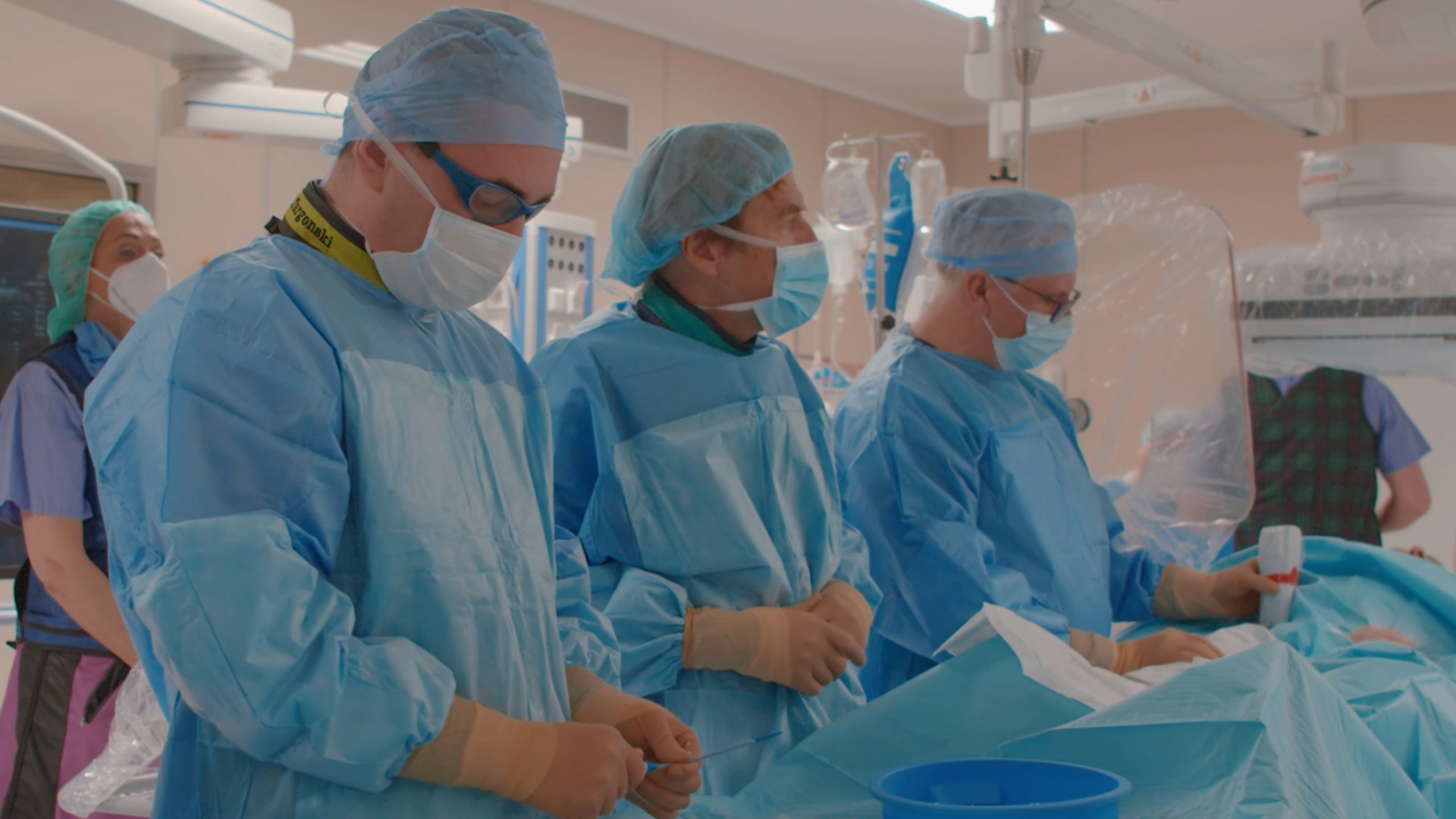Aortic valve stenosis or aortic stenosis is a defect that consists in the reduction of the valve surface through which oxygenated blood passes from the left ventricle to the main artery during heart contraction, and then, through arteries, arterioles and small vessels, to our organs and tissues. If left untreated, it leads to the development of left ventricular heart failure.
read more
This condition is usually due to a degenerative process, and its risk factors include gender (it affects men more often), age (older people), hypertension or diabetes. Transthoracic echocardiography with Doppler function is a tool that allows to make a diagnosis and assess the advancement of this defect.
The defect requires surgical treatment. However, for some patients the classical method of aortic valve replacement is associated with too high a risk. Although until recently there was no alternative for them, transcatheter aortic valve implantation (TAVI) has been successfully performed at the University Clinical Centre for over 10 years. This procedure is much less invasive and usually takes place under local anaesthesia. The qualification and treatment process involves a team of specialists from the I Cardiology Chair and Clinic of Medical University of Gdańsk, Chair and Clinic of Cardiac and Vascular Surgery, Medical University of Gdańsk, Clinic of Cardiac Surgery and Cardiac Electrotherapy, University Clinical Centre, Gdańsk. TAVI procedures performed in Gdansk also form the basis for clinical studies.



